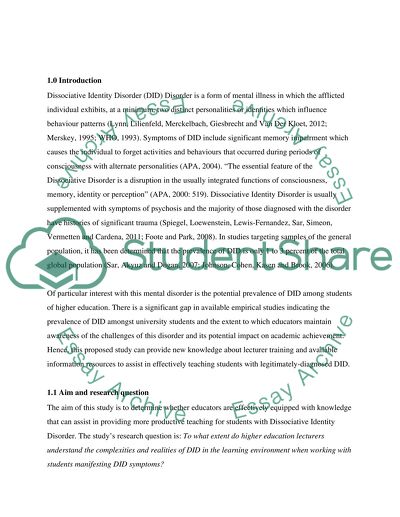Cite this document
(“How aware are lecturing staff in higher education of Disociative Research Proposal”, n.d.)
How aware are lecturing staff in higher education of Disociative Research Proposal. Retrieved from https://studentshare.org/psychology/1648165-how-aware-are-lecturing-staff-in-higher-education-of-disociative-identity-disorder-did-the-condition-its-effect-on-academic-achievement
How aware are lecturing staff in higher education of Disociative Research Proposal. Retrieved from https://studentshare.org/psychology/1648165-how-aware-are-lecturing-staff-in-higher-education-of-disociative-identity-disorder-did-the-condition-its-effect-on-academic-achievement
(How Aware Are Lecturing Staff in Higher Education of Disociative Research Proposal)
How Aware Are Lecturing Staff in Higher Education of Disociative Research Proposal. https://studentshare.org/psychology/1648165-how-aware-are-lecturing-staff-in-higher-education-of-disociative-identity-disorder-did-the-condition-its-effect-on-academic-achievement.
How Aware Are Lecturing Staff in Higher Education of Disociative Research Proposal. https://studentshare.org/psychology/1648165-how-aware-are-lecturing-staff-in-higher-education-of-disociative-identity-disorder-did-the-condition-its-effect-on-academic-achievement.
“How Aware Are Lecturing Staff in Higher Education of Disociative Research Proposal”, n.d. https://studentshare.org/psychology/1648165-how-aware-are-lecturing-staff-in-higher-education-of-disociative-identity-disorder-did-the-condition-its-effect-on-academic-achievement.


